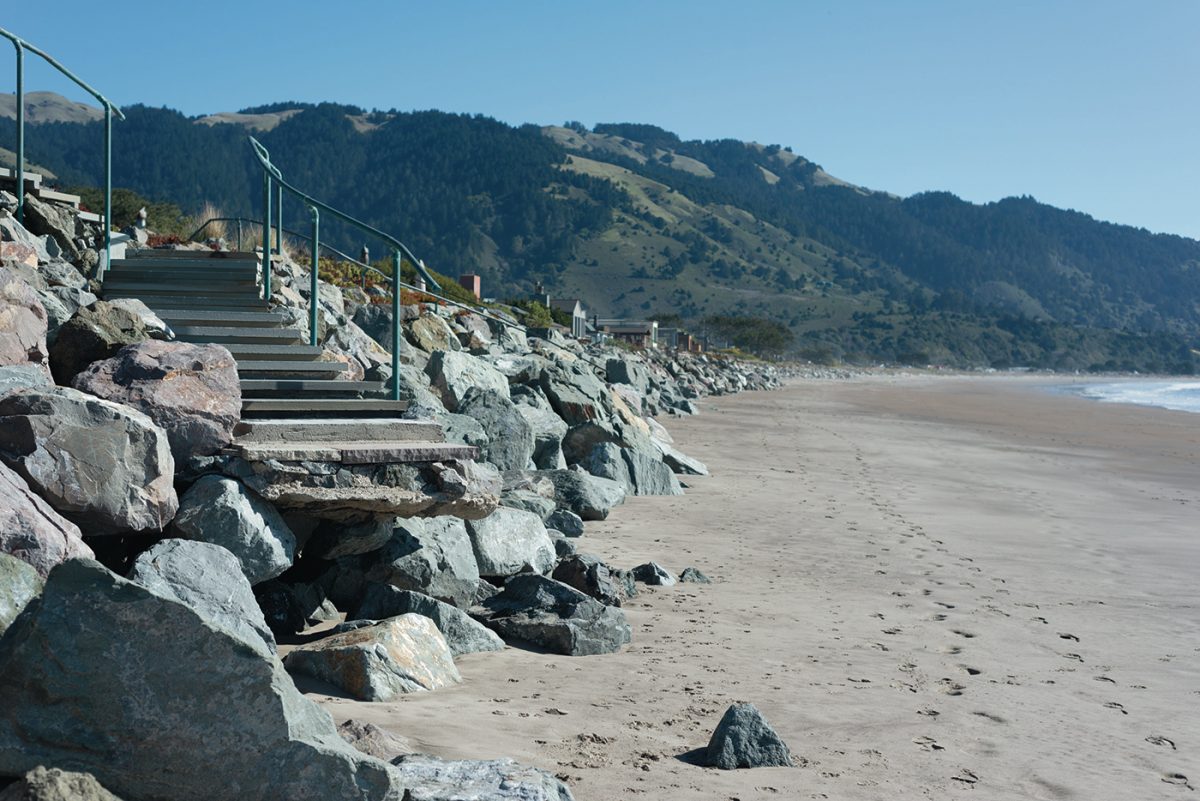Marin County is scurrying to find solutions for the coastal enclave and popular beachgoer destination of Stinson Beach, which faces inundation by rising seas in . . .
Sand dunes a short-term fix for Stinson


Marin County is scurrying to find solutions for the coastal enclave and popular beachgoer destination of Stinson Beach, which faces inundation by rising seas in . . .